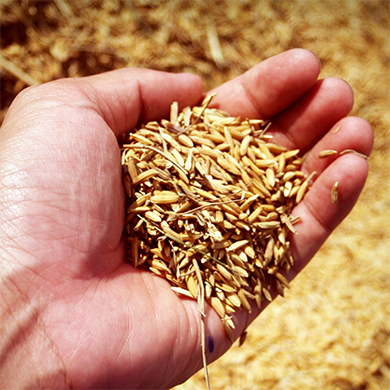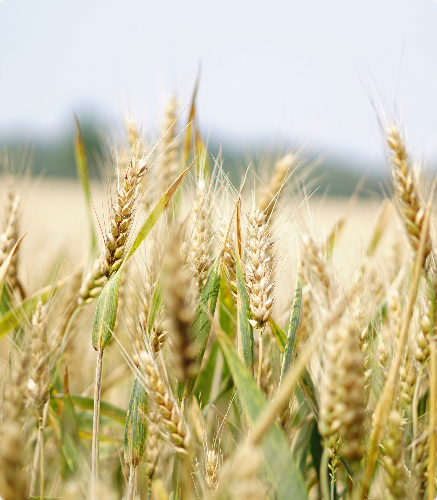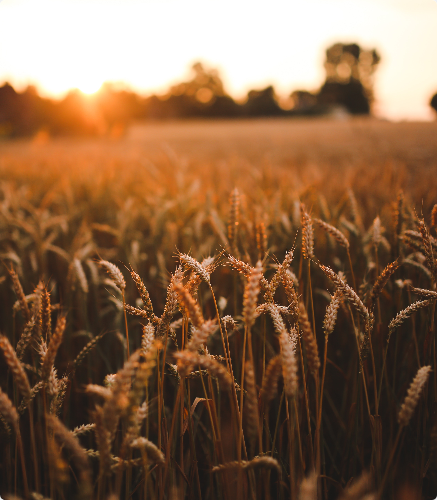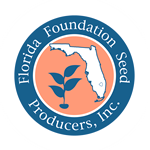Cereal rye is often grown in Florida for winter grazing or as a cover crop for erosion control. Inheritance studies have shown that development of dwarf rye cultivars should be possible and may be useful as a cover crop or a cereal grain. Oat breeding remains a priority for the program as a forage and as a grain. Most of the breeding emphasis has focused on resistance to crown rust and barley yellow dwarf virus, as well as the development of a hull-less variety. Triticale has considerable potential as a forage crop and is becoming a popular silage crop for the dairy industry. Varieties released in 2003, ‘342’ and ‘Monarch’, and more recently 'FL01143', an awnless triticale, are now widely grown in the southeastern U.S.
As the UF/IFAS small grains-breeding program advances, new grain-type releases are anticipated, particularly novel wheat varieties developed for milling purposes and for tropical and subtropical environments. Moving forward, a strong focus will be on pest resistance, particularly resistance to Hessian fly, one of the most significant pests of wheat. With new breeding methods developed through the use of molecular genetics and the availability of novel exotic germplasm, commercial hybridization technology is on the near horizon.
Future cultivar development in all small grains used as feed, forage and fuel will be aimed at improving heat tolerance during seed fill, as well as adaptation to subtropical and tropical environments.





